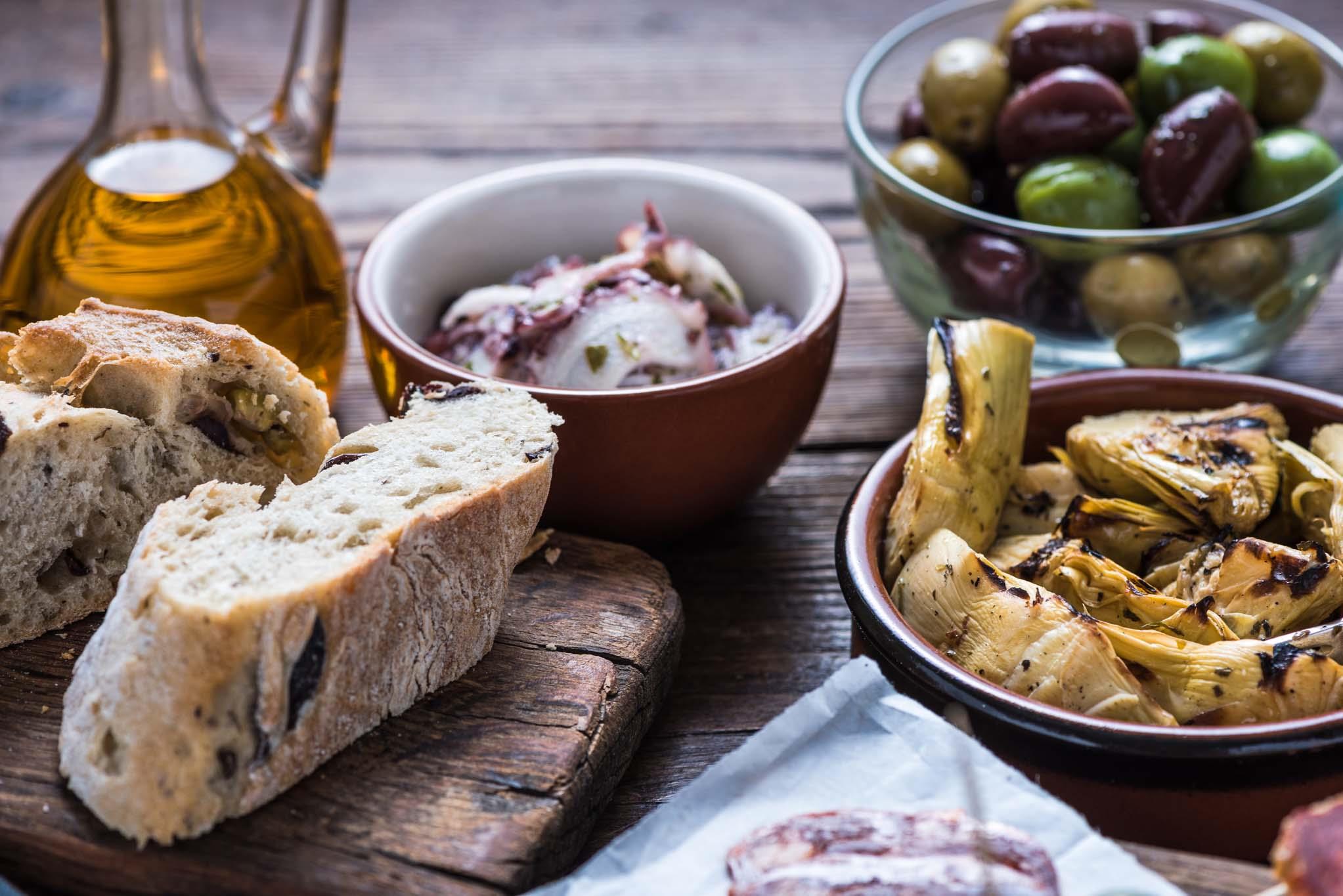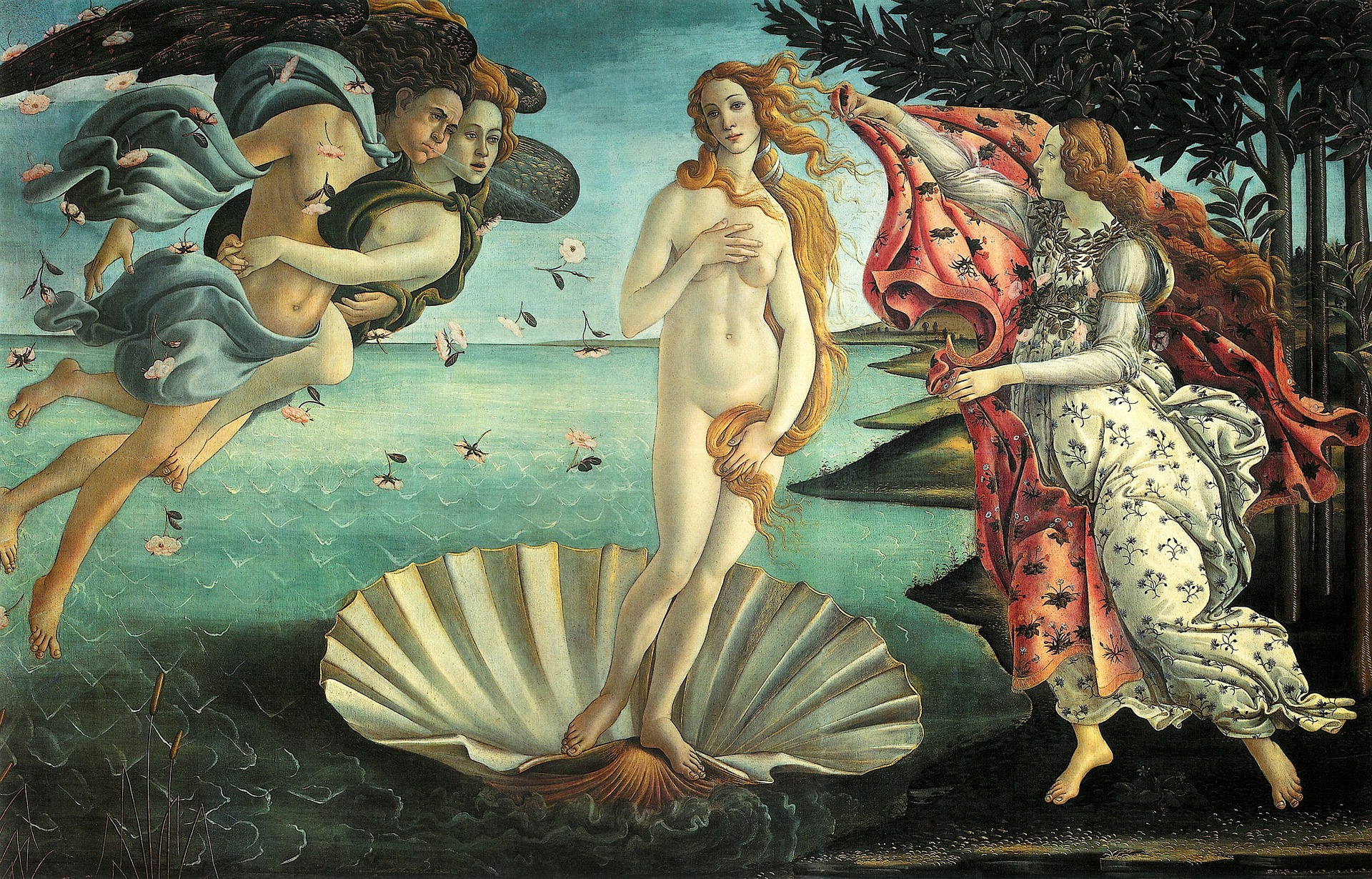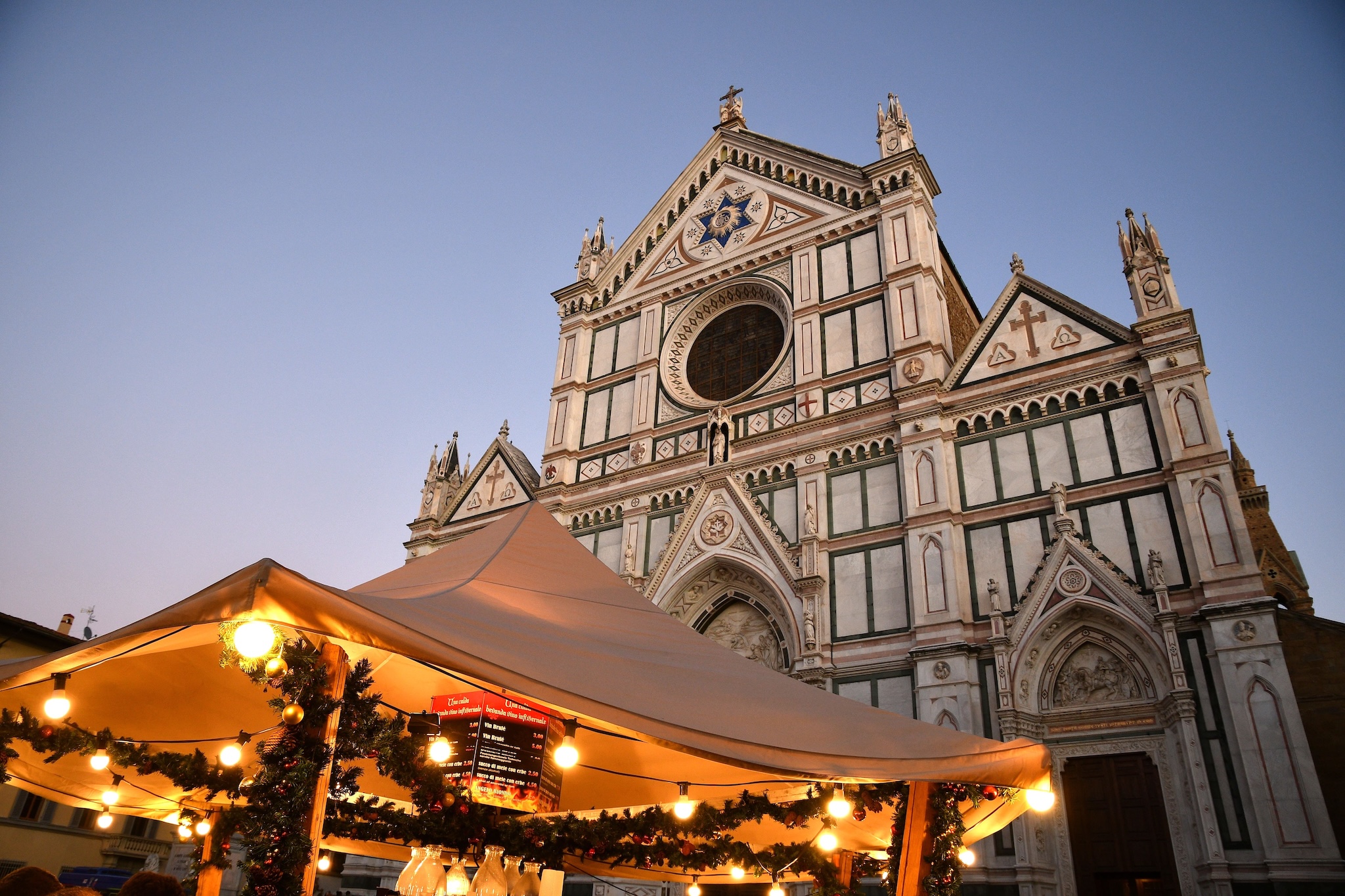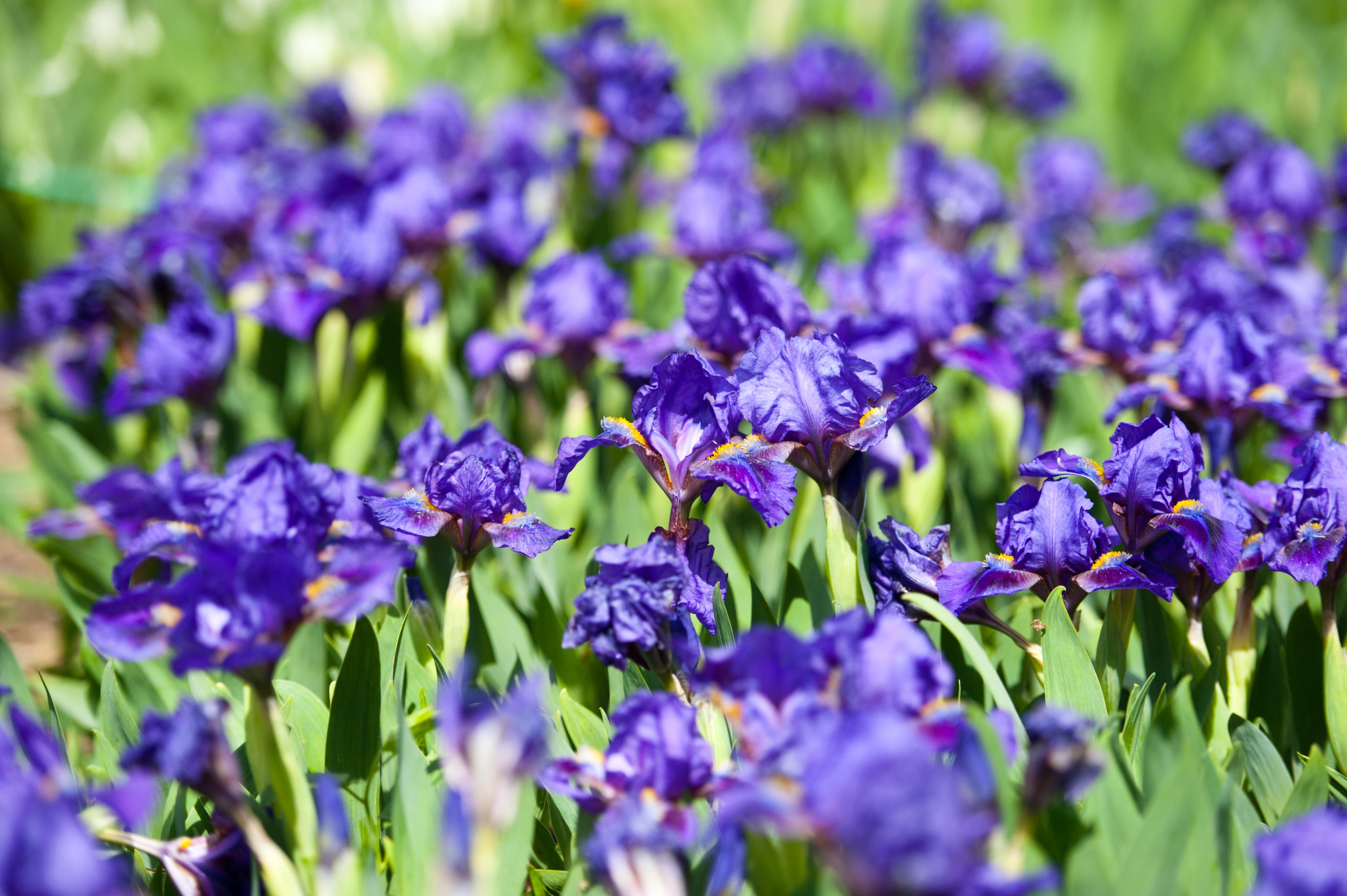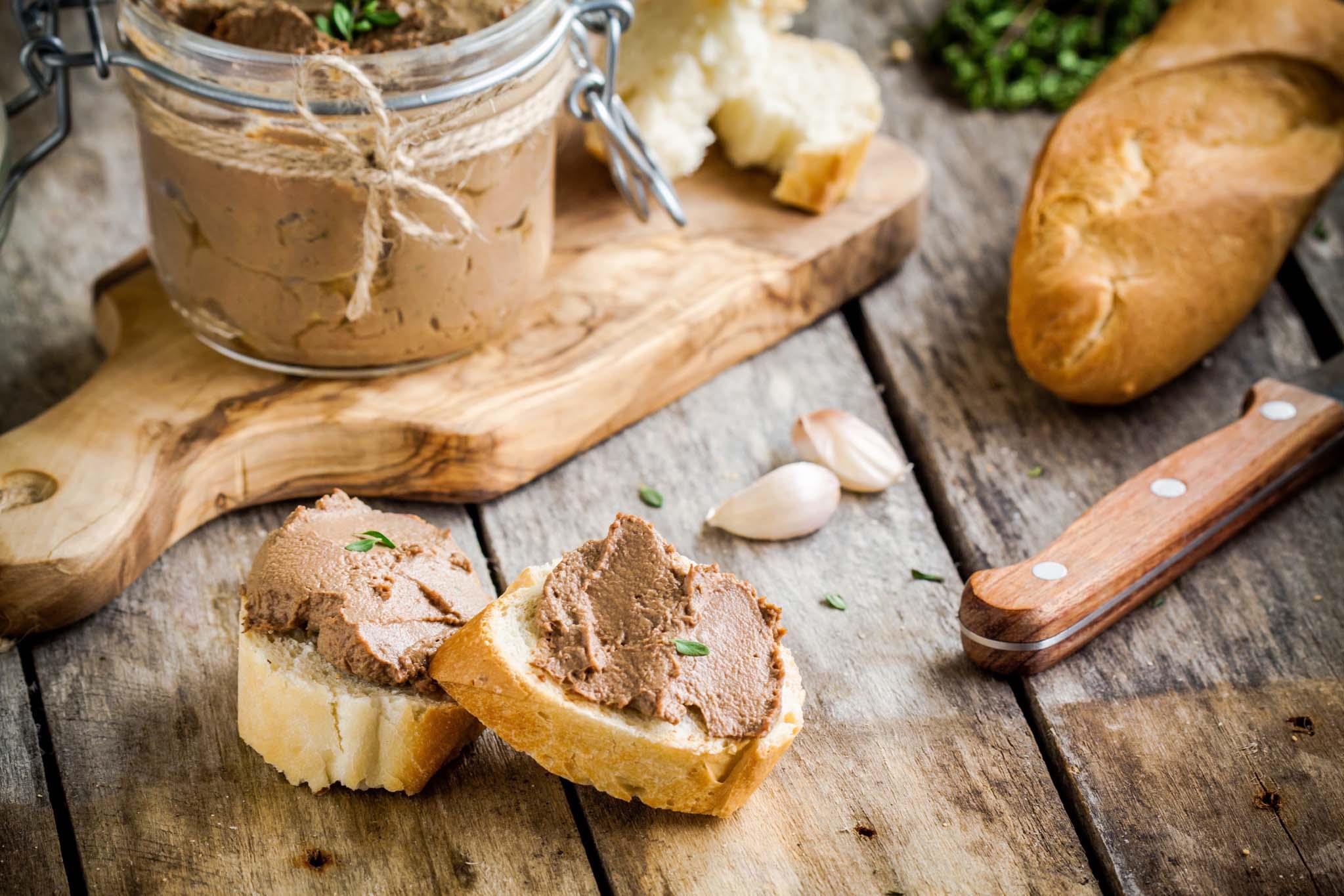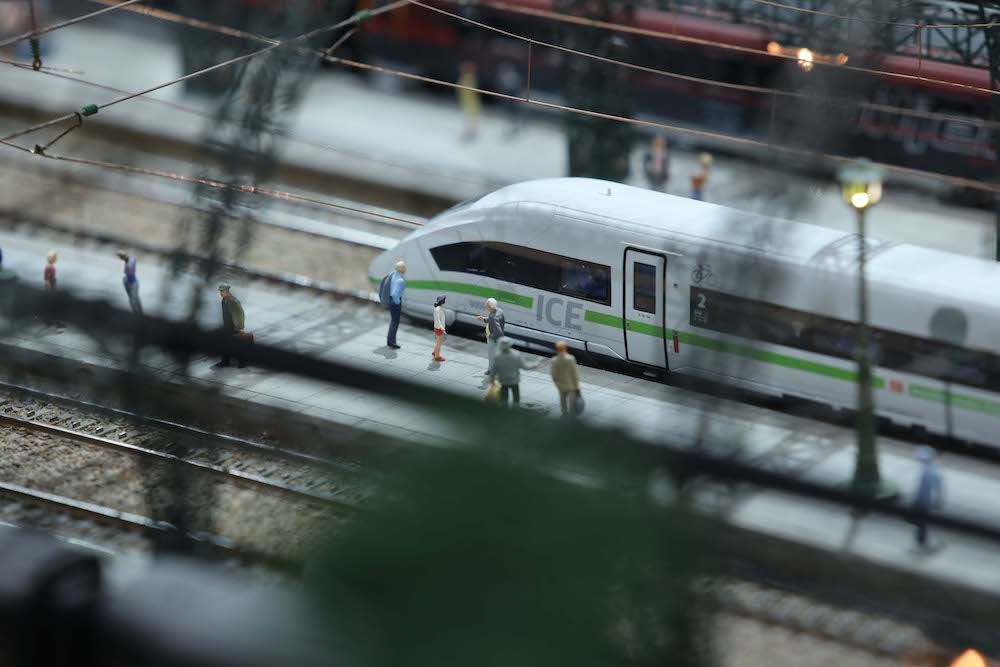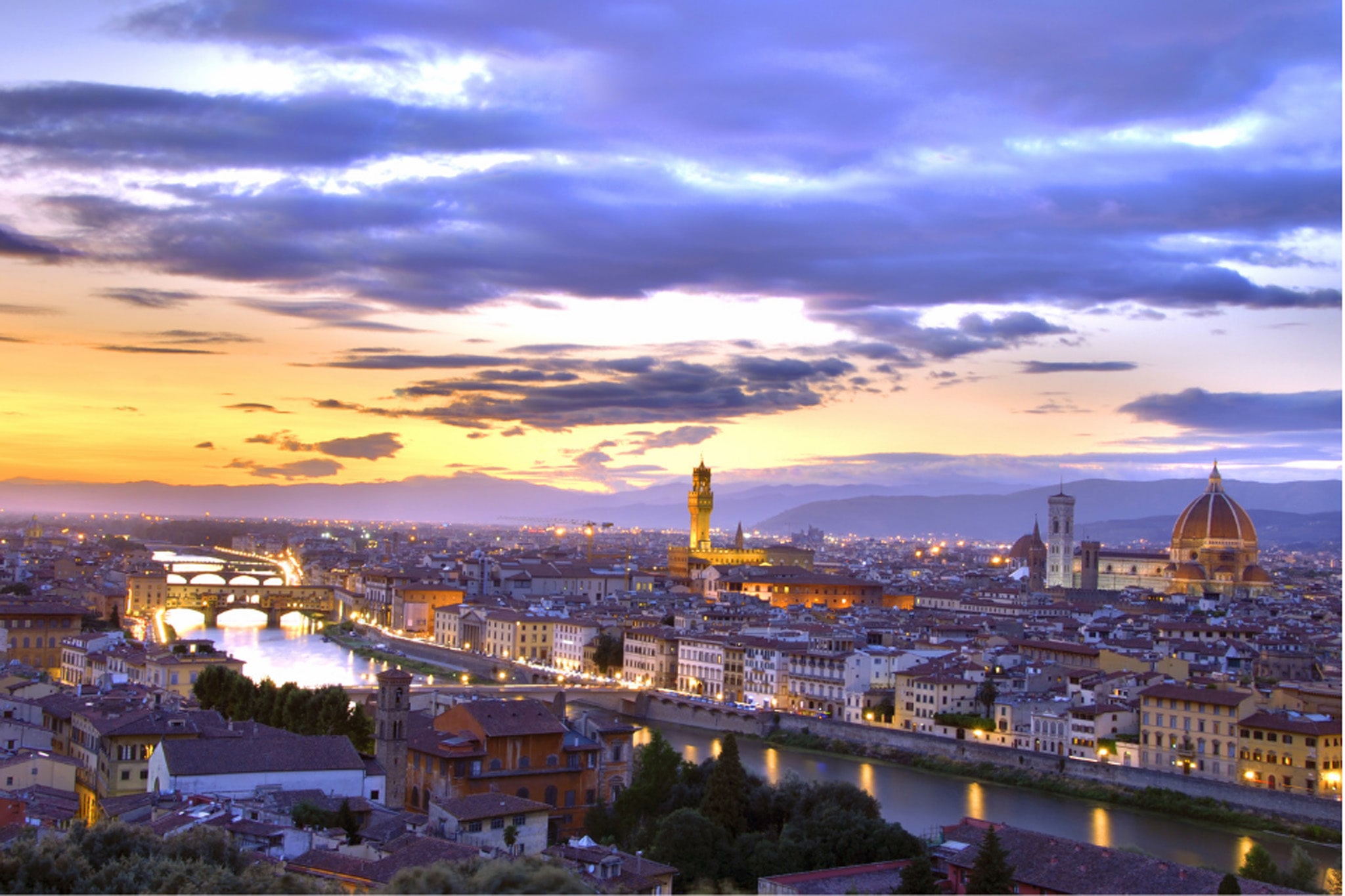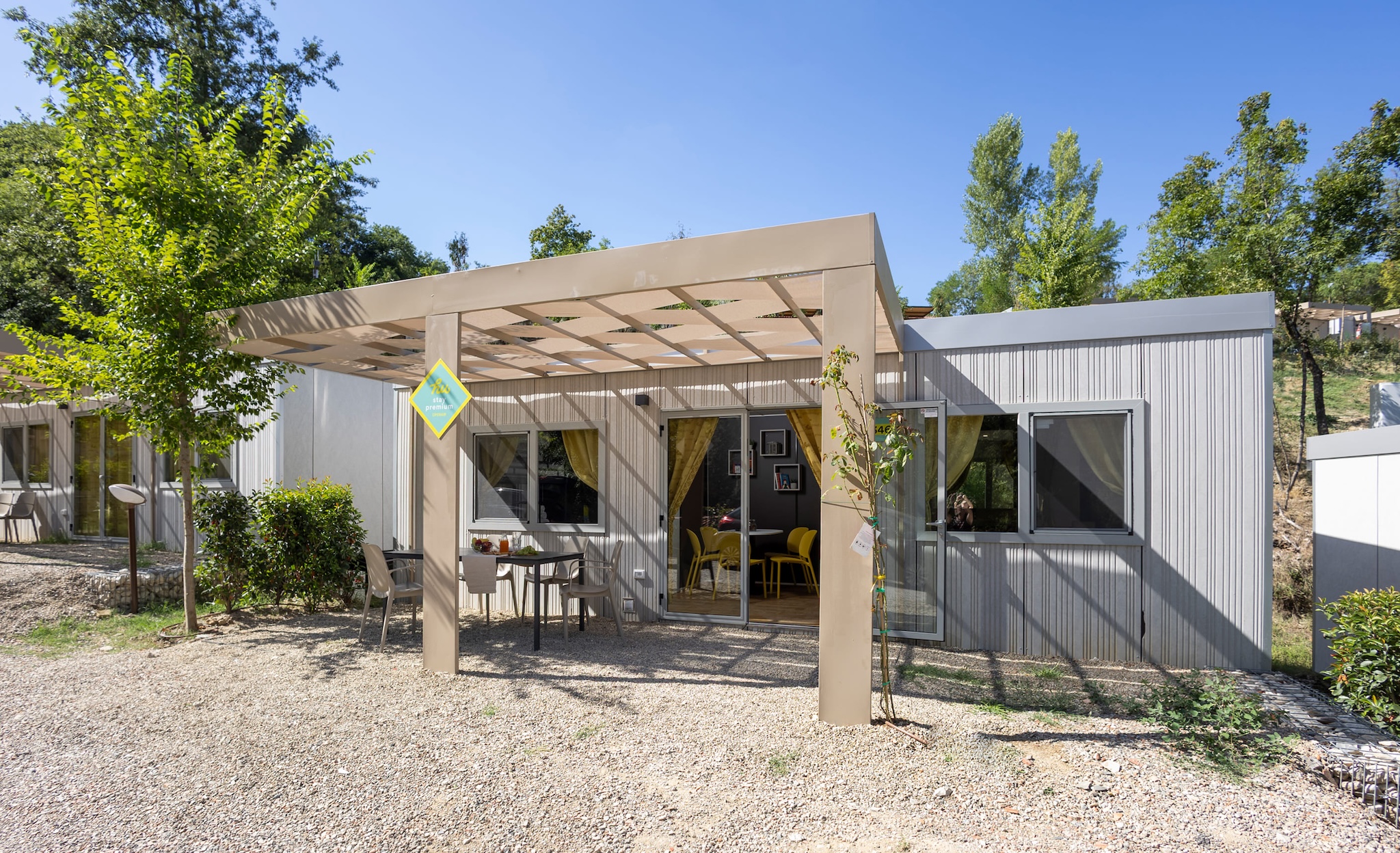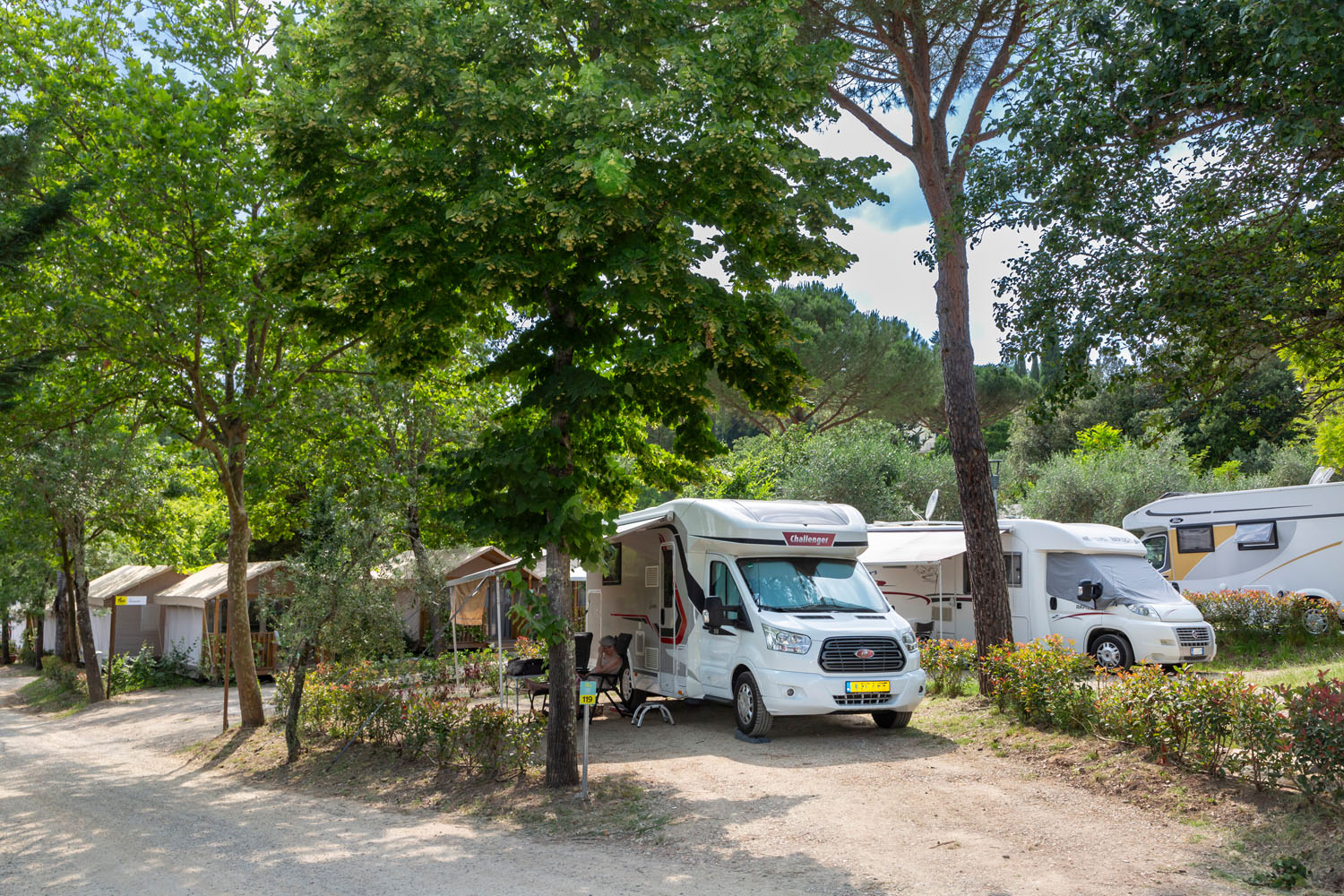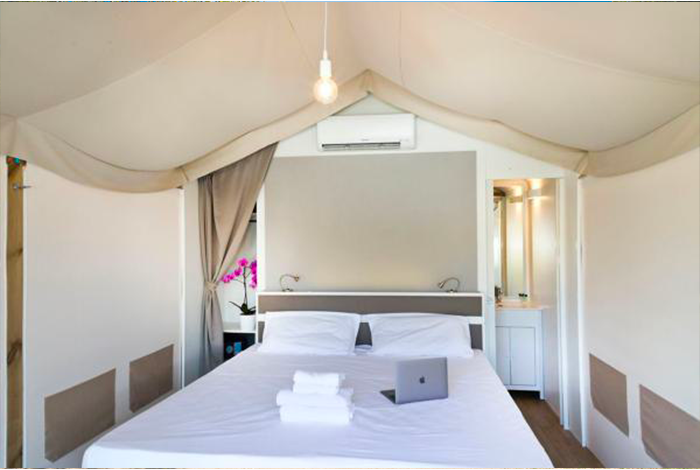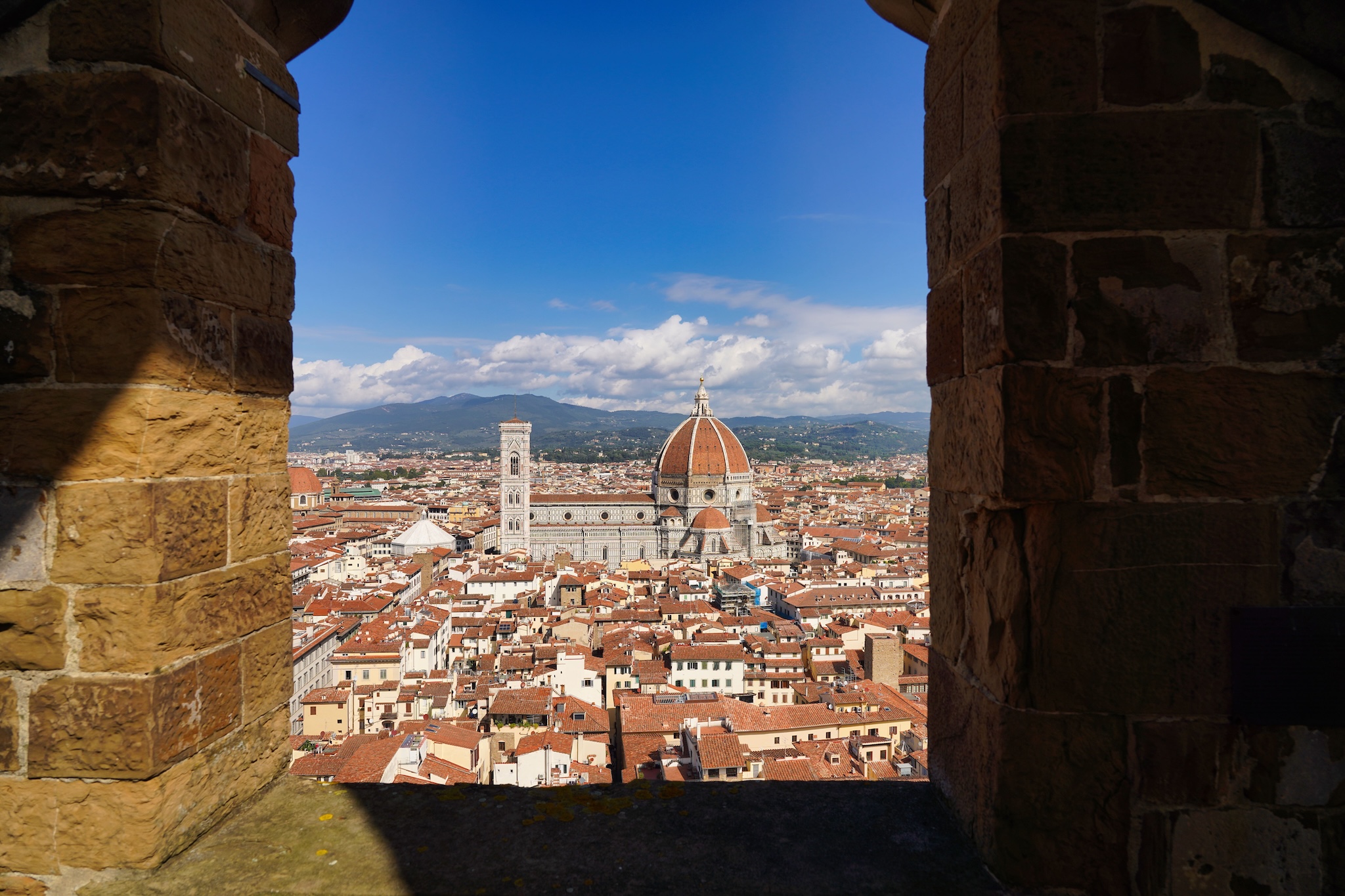
The Duomo and the fallen sphere
On the east side of the Basilica of Santa Maria del Fiore, look for a white marble plaque. It marks the exact spot where, on January 27, 1601, the golden ball crafted by Verrocchio (sitting atop Brunelleschi’s dome) fell to the ground.
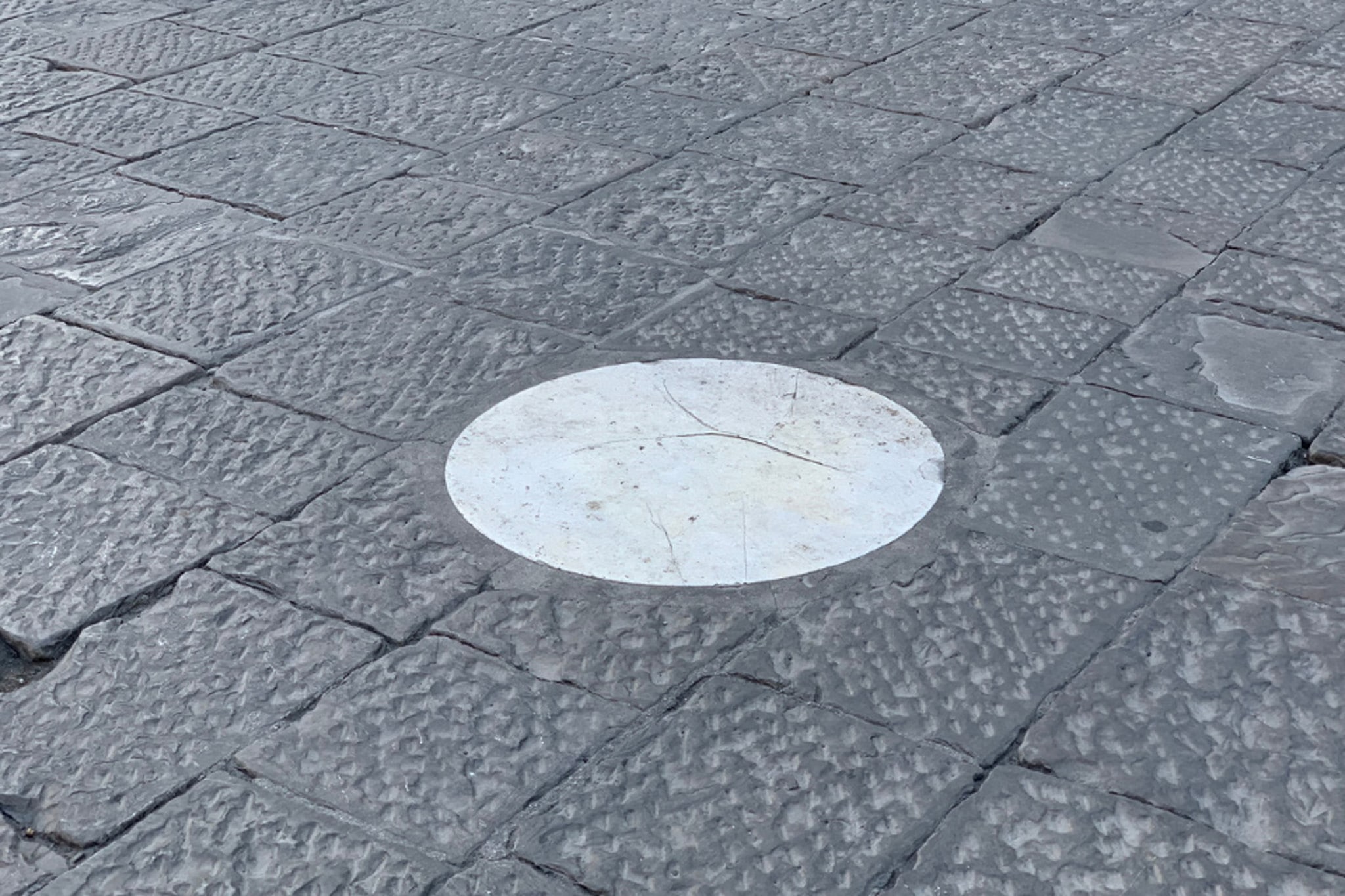
Michelangelo’s mystery face
In front of Palazzo Vecchio, look closely at the lower part of the building and you might spot a carved profile of a man. Legend says Michelangelo sculpted it while being bored by a talkative man who wouldn’t stop sharing his misfortunes. Another version claims it was inspired by the expression of a man condemned to death.
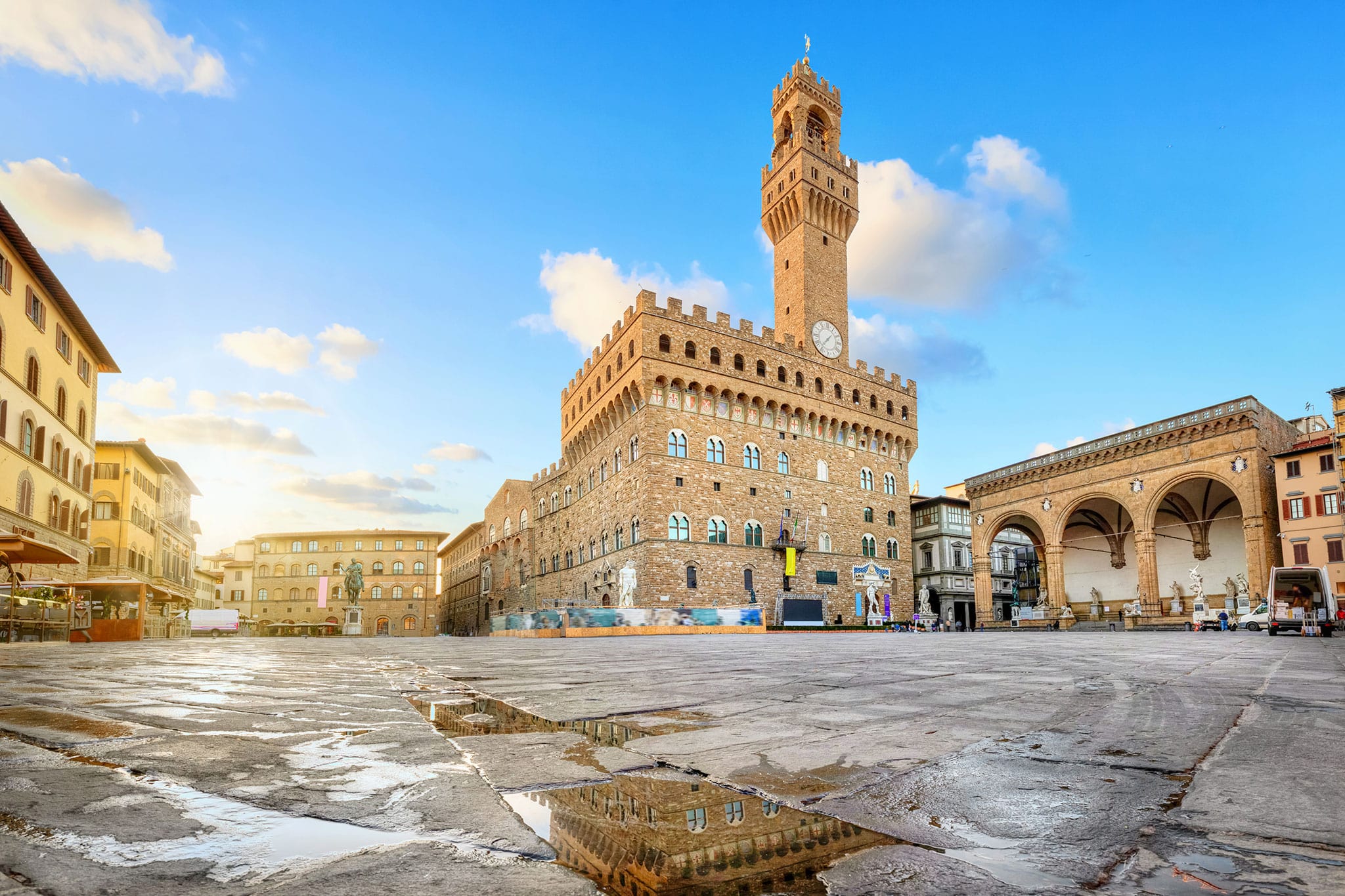
The Wine Windows
During your walk through the historic center, look out for small, arch-shaped openings in the walls of noble buildings. These are called “buchette del vino” — tiny wine windows once used by Florentine families to sell their homemade wine directly to passersby.
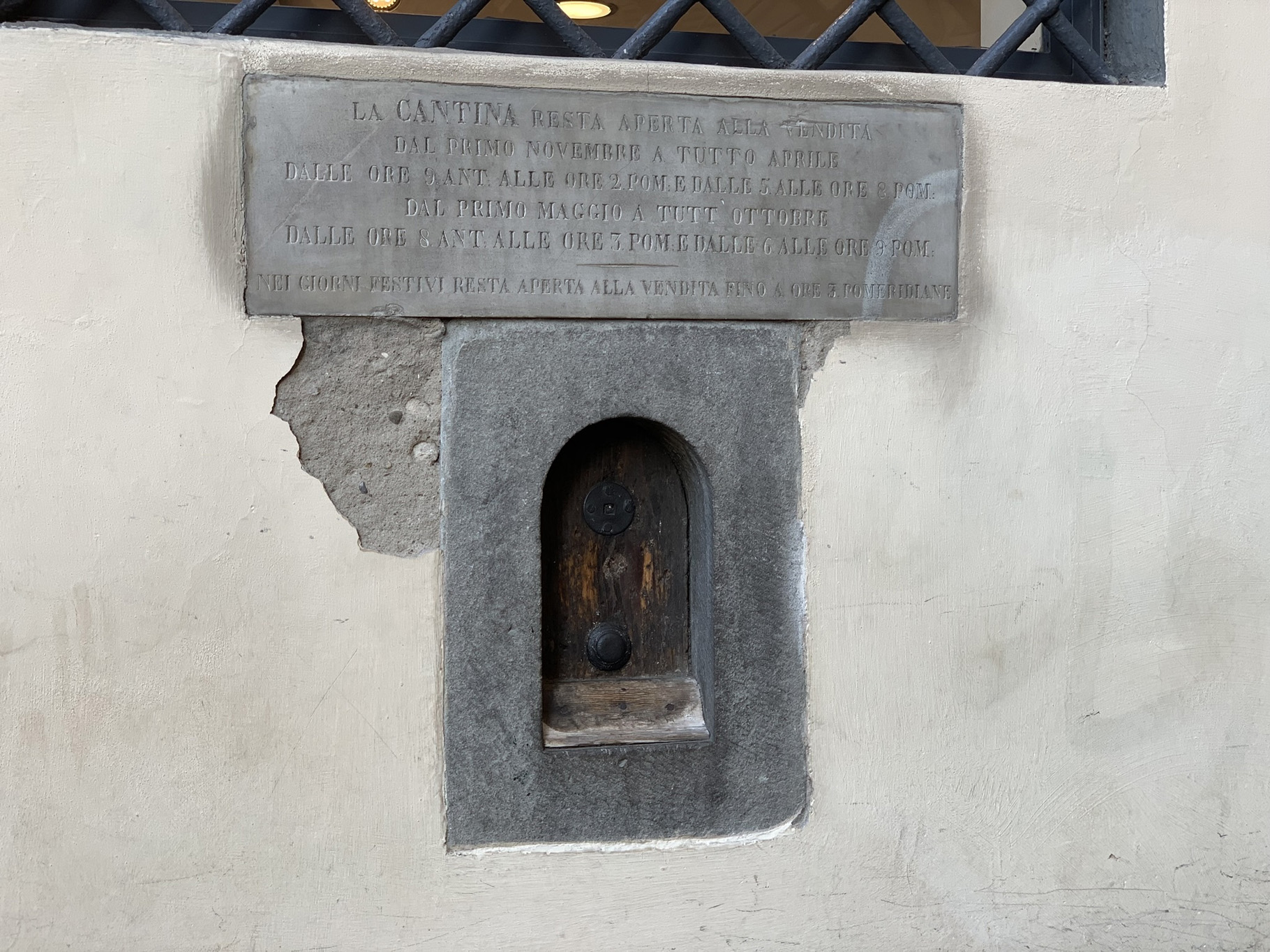
The Allegory of the Bees
In Piazza Santissima Annunziata, under the statue of Ferdinando I de’ Medici, you’ll find a swarm of bees sculpted in bronze. The central queen bee represents the Grand Duke, while the surrounding bees symbolize the hardworking, loyal people of Florence. Legend has it there are 91 bees — and if you can count them with your eyes closed (no touching!), you’ll be blessed with good luck.
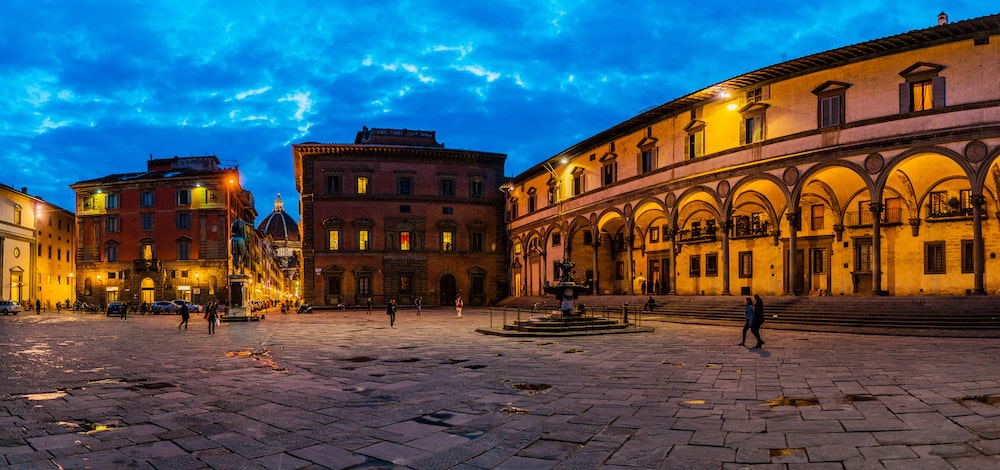
The always-open window
Don’t leave Piazza Santissima Annunziata just yet. Look toward Palazzo Grifoni and spot a window that has remained open since the 1500s. According to legend, a young bride waited there every day for her husband to return from war. When she died, the window was closed — and soon after, locals demanded it be reopened forever.
The Home of the Brindellone
In Via Il Prato, find a giant doorway that stretches up to the third floor of nearby buildings. You’ve found the House of the Brindellone, the massive wooden cart used every Easter for Florence’s traditional Scoppio del Carro (Explosion of the Cart) in front of the Duomo.


